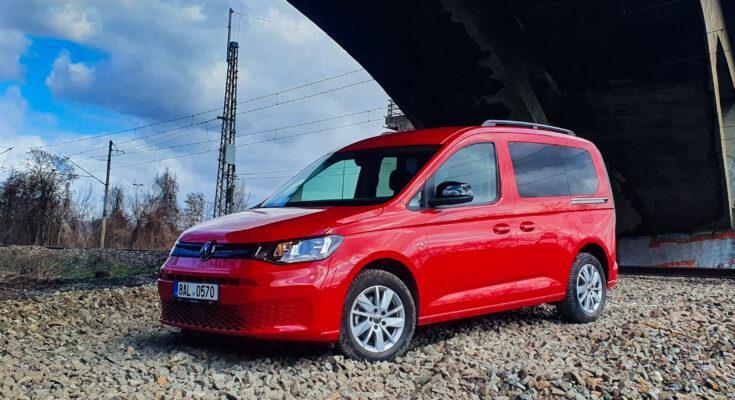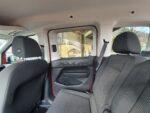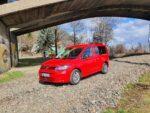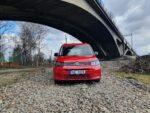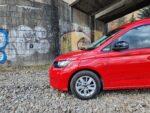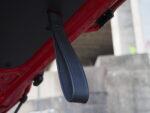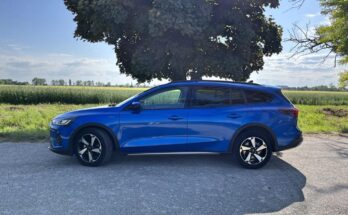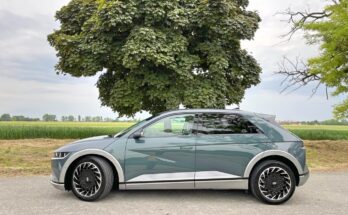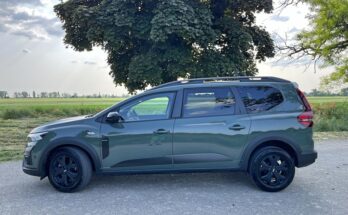It is 2021 and we can say with a clear conscience that we are actually living in the future. This is doubly true in the field of motoring. Electric cars, touch screens, driving assistants, or hundreds of horses, it's all the future. However, there are also places where time has stopped. One such place is the commercial vehicle market. The lifespan of a van is understandably longer, fewer of them are sold than cars, so time passes more slowly. The new Fiat Ducato is celebrating its 15th birthday today, while the current Volkswagen Transporter, for example, can already legally drink or
marry. He could easily take last year's Caddy model, which also saw the light of day in 2003 in an almost unchanged form.
So this year we finally got it, after seventeen long years there is a BRAND NEW VOLKSWAGEN CADDY. Although he can't read minds, he can't go shopping by himself, he's not electric (surely he will be soon), but he still shows the huge leap he made from the previous old lady.
MODERN JACKETS
The brand new model stands on the MQB platform, just like the little brother Golf , or our beloved domestic Octavia . Even so, it is not an easy task to design a utility vehicle, whose currency is mainly transport capacity, so that it is pleasing to the eye. However, the Germans handled it with honor, so the Caddy in many cases refers to the Golf and fits perfectly into the current design language of Volkswagens.

Although it still resembles its predecessor in its shapes, a single body panel has not remained the same. The design is more refined, reminiscent of a passenger car, which has its reasons. It will also fill the MPV role in the brand's portfolio once the Sharan retires. The big change is the vertical rear lights, it is a modern and minimalistic solution, absolutely ideal from a practical point of view. The entrance to the cargo space can thus be as wide as possible. LED headlights are also available in higher trims, the tested piece only had the basic ones, but they don't shine badly either.

An interesting feature of the front part is the bumper grille, similar to that of the ID.3 model. However, the biggest changes are not visible to the eye. Volkswagen has fundamentally worked on aerodynamics, the coefficient of air resistance is unprecedented among vans cx = 0.30. Good aerodynamics benefit both fuel consumption and silence on board. The intergenerational "Caddyna" has also grown, it is 92 mm longer, 62 mm wider, and the wheelbase has increased by 73 mm. Only the height has decreased a little, by 24 mm, but this is not noticeable in the interior.
HARD INTERIOR WITH NO BUTTONS
After sitting in the cabin, the Golf breathes on you again. The modern and futuristic design is also reflected here, mainly because it means the almost absolute elimination of buttons. Fortunately, they are present at least for infotainment in the tested basic version. The empty area where you can find the volume and air conditioning controls on the higher versions is empty on our "poor girl" – there is only a very cheap-looking molding that constantly shows that you have saved money. The absence of any buttons refers you to the touch screen when setting temperatures, there is no other option. You have to take your eyes off the road when you want to warm up, it's really not safe.
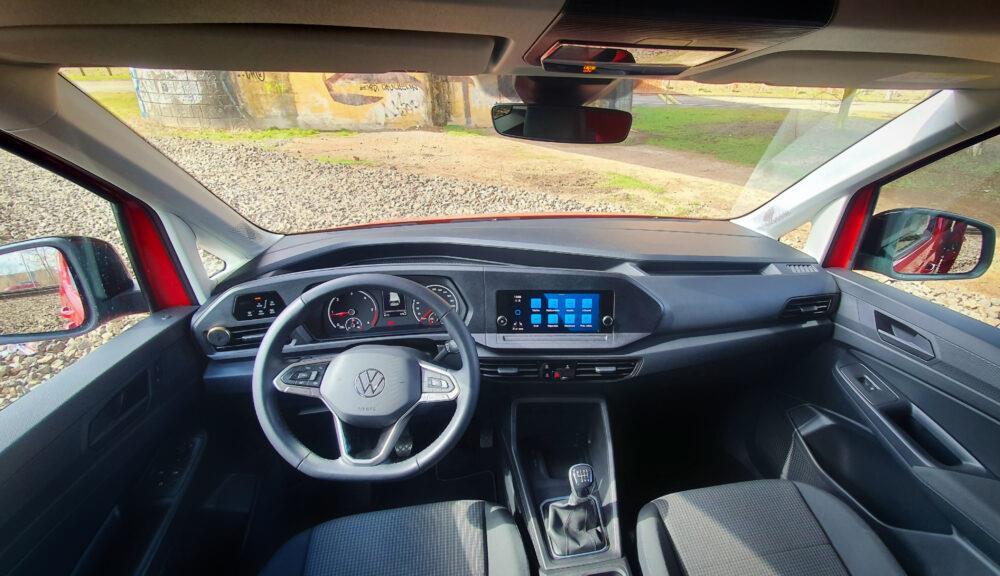
Speaking of infotainment, which was the most basic, you have to do without navigation and smartphone app support. That wouldn't matter at all, I didn't expect any luxury, unfortunately such an "ordinary radio" shows a standard MIB3 system freeze. It's really amazing when your handsfree call drops several times a day… Please fix. Not to insult. The dashboard, which is expectedly made of rock-hard plastics, has at least a few different grids that are pleasant to the touch. However, what excited me, and I would like it in the Golf, is the endless storage areas from the top of the dashboard. Notebooks, documents, mobile phones, cigarettes, candies, snacks, everything will find its place. This is a huge shift against the older generation.
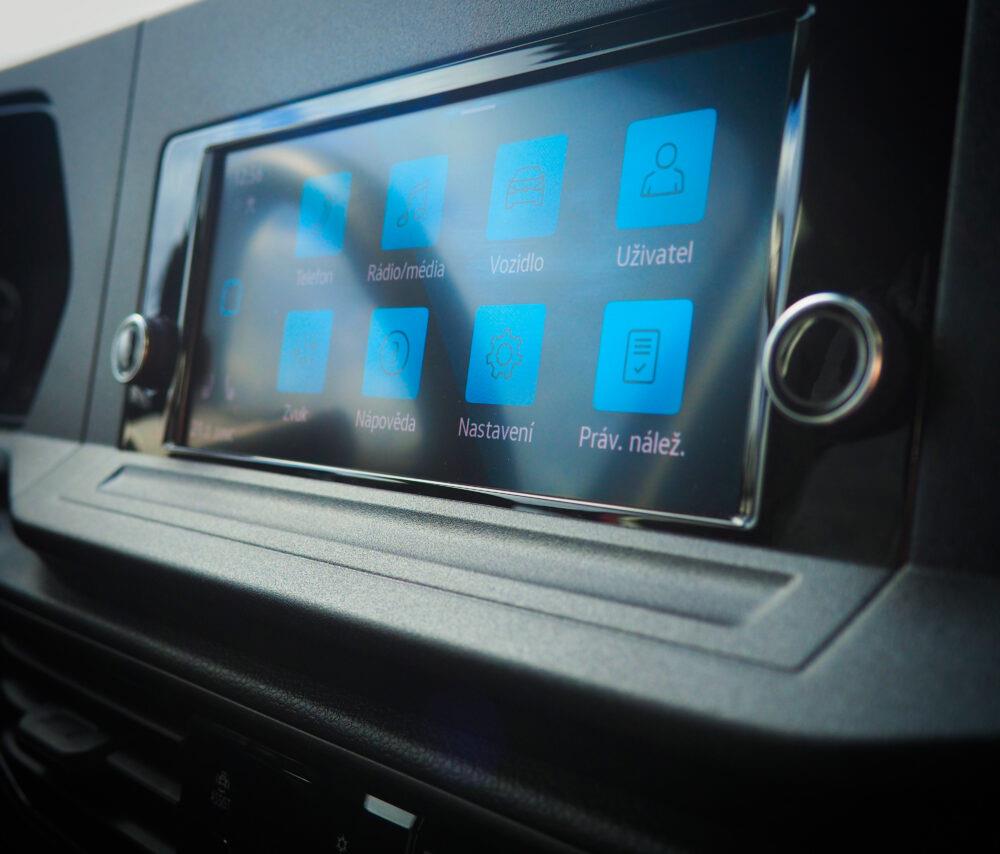

What is really abundant in the interior is space. Even thanks to the excellent glazing, there is enough light everywhere, which greatly benefits the airiness of the cabin. On the legs, on the head, in front and behind, no one will be squeezed. A whopping 1260L is ready for cargo.. i.e. luggage. The rear seats can of course be removed. Take out, not fold down, like with a station wagon. They are huge and heavy, you will sweat in two people, on the other hand it is full-fledged comfortable seating with long backs, no small chairs. The front seats are also large, although at first glance they look quite ordinary and uncomfortable, but the opposite is true.
DIRECT AND PRECISE CHASSIS
With the last generation from 2015, I drove thousands of kilometers. Not because I want it, but it gives me room to compare. The main change to the chassis is the replacement of the rigid rear axle with leaf springs by a trailing axle. With coil springs and panhard rod. Needless to say, this has a very positive effect on handling. The previous generation was not very comfortable with the suspension, I didn't like driving it very much. The current one proves that Volkswagen can do miracles.
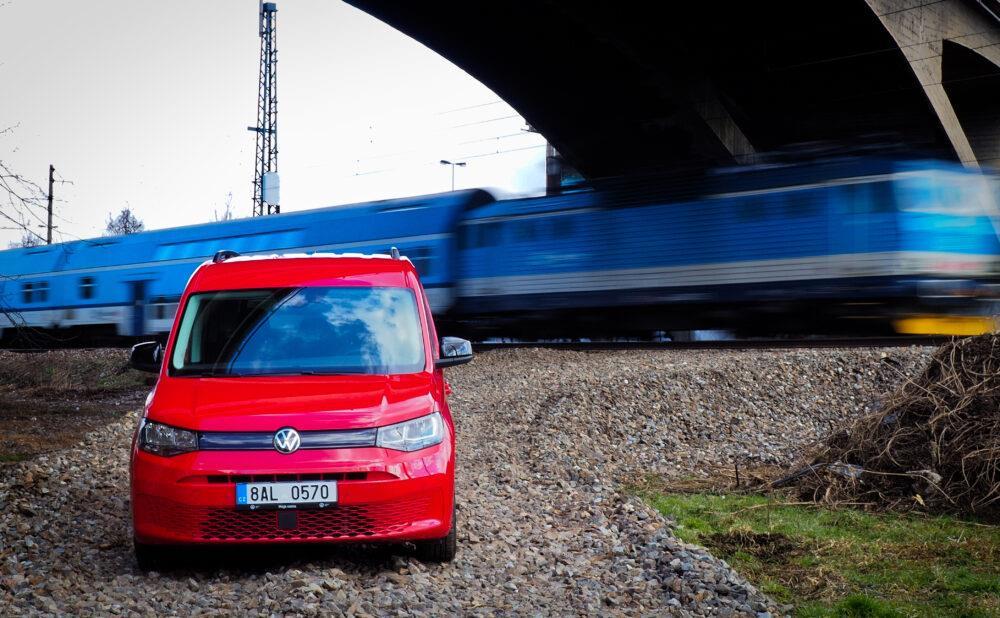
You can always tell that you are driving in a van, especially in winding passages, but at least in the personal version of the LIFE, it was possible to create decent driving comfort. I wouldn't exactly call the Caddy a comfortable car, it's a typical Volkswagen in this respect. Even on smaller bumps, it rattles a little, but many of them are absorbed by the long wheelbase. Even big holes are no honey for the rear axle. However, you really have to focus on that driving experience. The normal drive is not much different from the Golf in the final, it's just a little noisier.
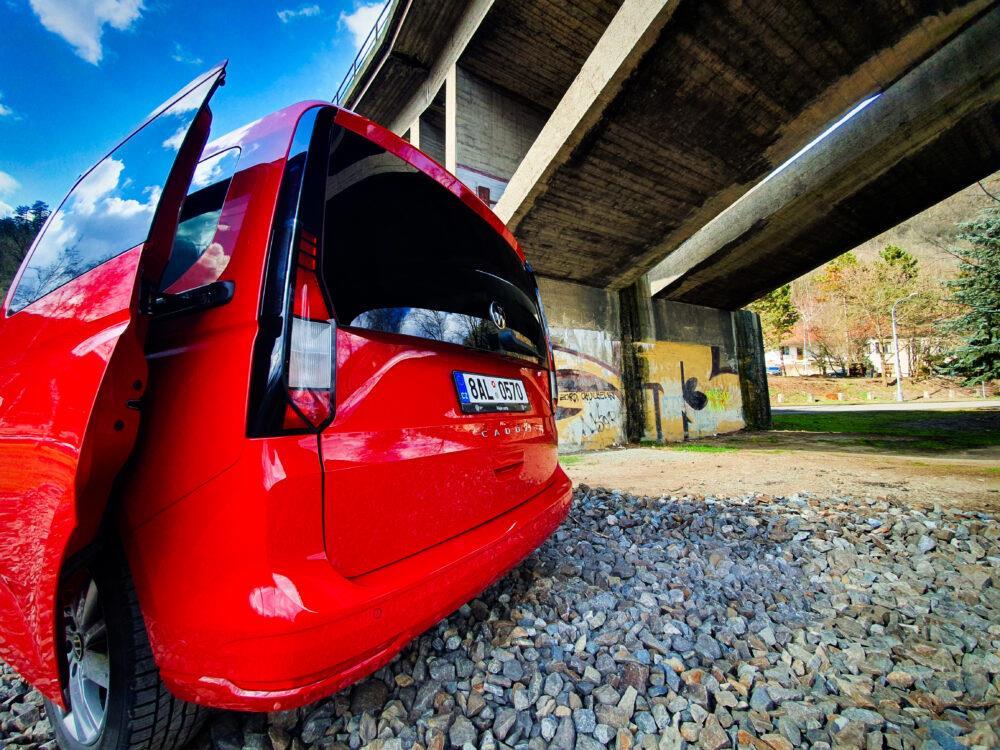
I would highlight the precise steering with a short gear, very precise shifting with short distances, after all, with the second weakest diesel, the "Caddyna" is actually quite fun. Everything is a bit old here. Despite its dimensions, it looks like a light car from the driver's position, and the dimensions are not an obstacle thanks to the large mirrors and excellent view. So while the last generation was very annoying to drive, I really enjoyed the current one!
102 HORSES IS ENOUGH, DEAR
The range of power units is not particularly wide. There are actually only two, a petrol 1.5 TSI with 116 hp and a 2.0 TDI in three different variants. The weakest has 75 hp, the strongest 122. The tested piece was exactly in the middle: 75KW/102k. For a 1700 kg heavy van, it's quite a bit, it would seem. However, 280 Nm from 1500 rpm is still not that little. First you need to realize the difference between Passat and Caddy. The Passat belongs in the left lane on the highway, while the Caddy… Sure, it belongs on the highway too, but more in the right. Honestly, it's not a tragedy. It has enough power in city traffic, it still has enough outside the city, it is no problem to maintain even 150 km/h on the highway.

Above 150, the engine starts to run out of breath. It has plenty of power in any other driving mode, mainly thanks to the brilliantly available torque that handles longer gears well. During normal driving, it is not necessary to turn the engine in any particular way, it is quite unnecessary, while you are moving at a sufficient speed and you are not a brake on traffic. The fuel consumption is also excellent, I averaged 7.6 L/100km for the whole week, while I drove mainly in the city. The Caddy can do okresko love for 5.5, even on the highway you can't get over 7L/100km.
GREAT FAMILY CAR, JUST NOT A MINIVAN
The new Caddy has been my favorite car for a long time. There is strength in simplicity. I enjoyed the absence of assistants, the straightforward chassis, and the direct steering. However, what got me the most is the interior space and the excellent view. Volkswagen has once again succeeded in reincarnating the legend into the modern world. As a useful all-rounder, there is no mistake.

The tested basic version charmed me mainly because there was nothing unnecessary about it. It resembles high-quality bread with high-quality butter. It will once again become an indispensable helper for many families and self-employed people. It offers the quality and durability of all Volkswagens, while not costing much more than, for example, the French competition . However, it has a hard time disguising its utilitarian roots, which is why I can't imagine it as a substitute for a comfortable family minivan. Speaking of which, the real successor to the Sharan is actually the Tiguan Allspace.
Basic price: NOK 399,000 without VAT (2.0 TDI 55kw/75k – Cargo); NOK 428,926 without VAT (same engine, personal version 5 seats)
Basic price of the tested version: NOK 478,681 without VAT (2.0 TDI 75kW/102hp – Caddy)
Price for the tested configuration: NOK 528,099 without VAT (2.0 TDI 75kW/102hp – LIFE)
Photo: Jindřiška Lidická

